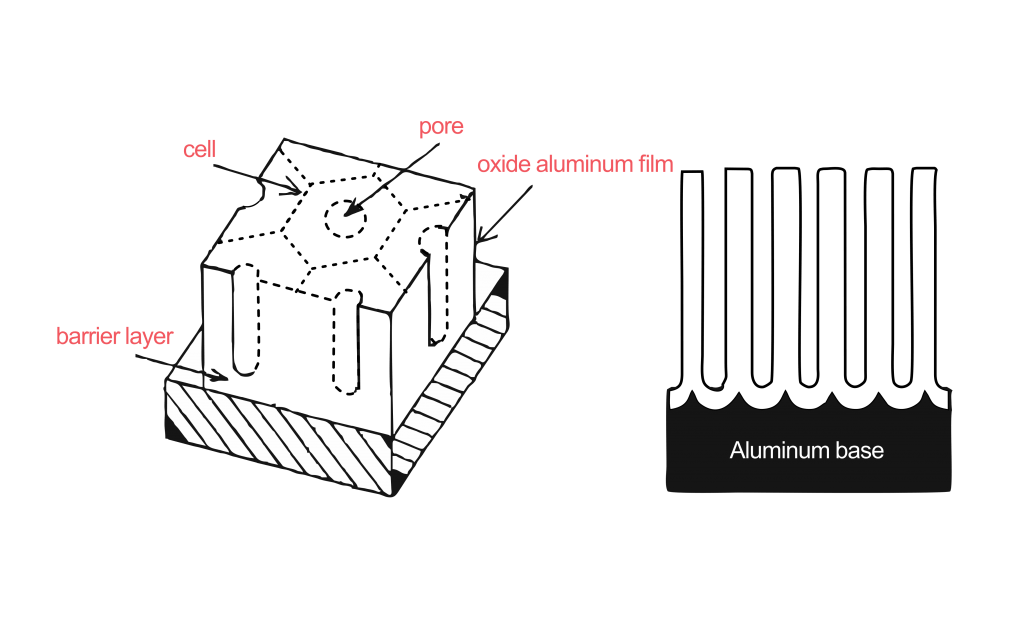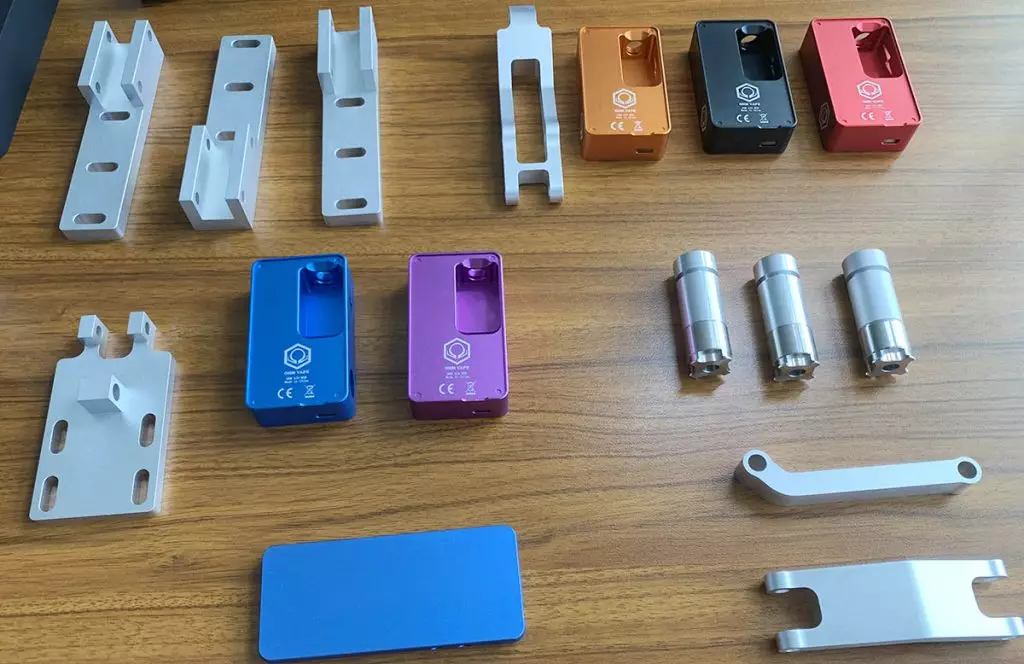
Pad Printing Finish: Process, Types, Benefits and Uses
Home > Blog > Do you have bespoke images you want imprinted on a surface and wondering if to go for pad or screen printing? Today I share with you a step-by-step guide to pad printing, and talk about its benefits and uses in 2023. Ready? Let’s dive in. What is Pad Printing? Pad printing is a printing process that involves transfer of a 2-D









